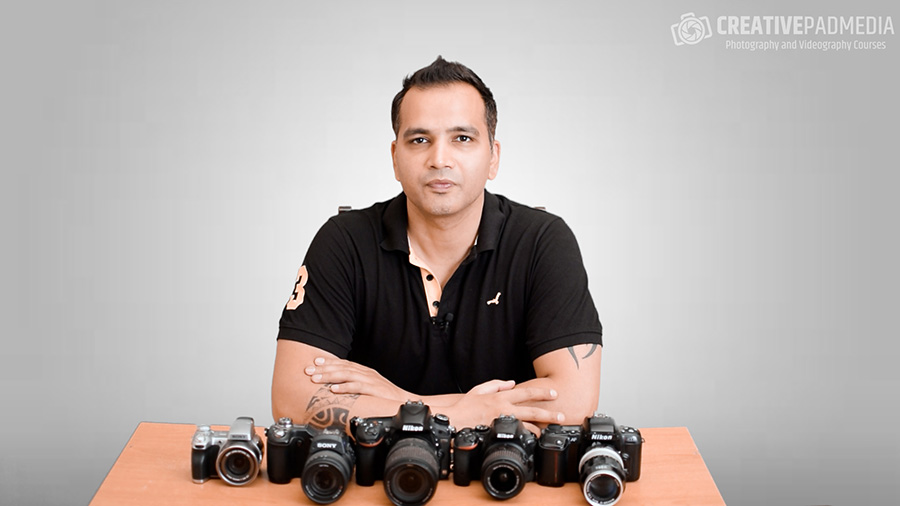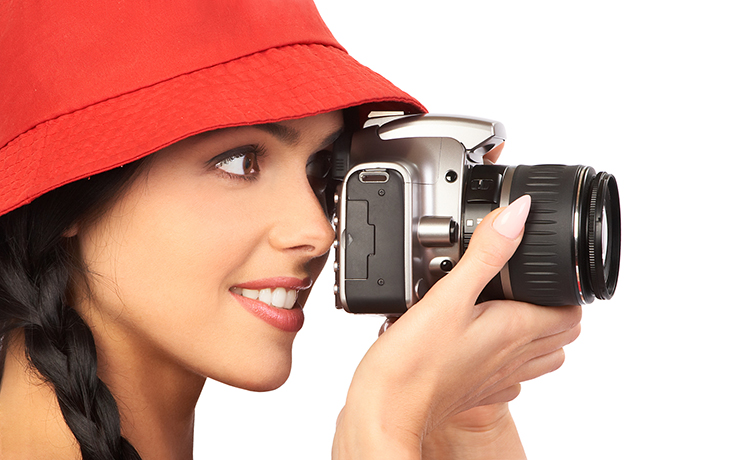7 Myths About Working As A Professional Photographer
Turning a hobby or passion into a way to make a living is something many people dream of. In the world of photography, it’s perfectly possible if you have good camera skills and determination. There are many misconceptions about working as a professional photographer, and some of these are perpetuated by the industry.
There are thousands of opportunities in the world of photography, and the rise of the Internet and new technology has made things even more exciting. For example, aerial photography using drones is now a huge growth area. Understanding some of the myths about the photography industry can help you to succeed. The following are some of the most common:
1) You have to start out as a low paid assistant.
Starting out as an assistant to another professional photographer is just one route to a career in the industry. Digital technology and social media have revolutionized professional photography over the past decade, and there are many ways to learn the art, showcase your work and reach clients. It’s no longer necessary to carry bags and sweep the studio floor for an established professional to make a start.
2) Only the very best photographers make it as professionals.
Thanks to the Internet and social media, there’s never been a greater demand for photographs. It’s true that the best photographers in the world make a very good living as professionals, but there are plenty of opportunities to make a living with cameras. As well as portraits, weddings and events, the demand for stock photographs and freelancers is high. If you develop good technical skills and are determined, there’s nothing to stop you becoming a professional.
3) Everyone takes their own photos nowadays so professional photography is dead.
This is a huge myth, and it’s a long way from the truth. The fact that everyone has a camera on their smartphone doesn’t mean they are good photographers. People are still willing to pay for professional wedding photographs and portraits. The key is to offer quality that can’t be produced by a smartphone camera.
4) Professional photographers only use Nikon or Canon DSLRs.
It’s true that Nikon and Canon offer an excellent range of professional quality cameras and lenses, but they aren’t the only option. Some of the features on Sony’s latest DSLR’s are attracting interest in the professional photography community. Many wedding photographers are switching from DSLR’s to Fuji’s mirrorless compact cameras. Digital technology and innovation mean that the traditional camera manufacturers are being challenged by new entrants.
5) You have to graduate college to become a professional photographer.
Formal training in photography can help, but thousands of professionals have taught themselves and learned their craft on the job. Having a qualification won’t make you a great photographer. Determination, people skills and sales ability are just as important as camera skills in the competitive world of professional photography.
6) Professional photographers always shoot in manual mode.
Operating a digital SLR camera in manual mode gives you greater control, but it’s not always necessary. Professional sports photographers often use shutter priority mode to capture fast-moving action. Wedding photographers regularly use aperture priority mode to isolate the bride and groom in portrait shots.
7) Making it as a professional photographer is all about great camera skills and an eye for a picture.
Taking pictures is just one part of working as a professional photographer. Unless you run a business and employ people to manage your marketing, finances and administration, most of your time can be spent on these other tasks. Post-production and image processing can also take a large chunk of your time. If you can’t market yourself and sell your work, nobody will hire you.
All creative industries are competitive, and photography is no exception. Understanding how the industry works can give you an edge over the thousands of others who want to make a living taking pictures.








